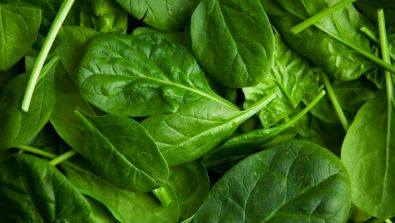
By Tanya Zuckerbrot
Phytochemicals, are naturally found in plants and are responsible for providing color, flavor, and aroma to fruits and vegetables. They are biologically active and function to protect plants against invasion, disease, and infection. Studies have shown that high intakes of fruits and vegetables are correlated with lower risks of chronic disease and obesity, partly b ecause of these phytochemicals, also called phytonutrients. You know those antioxidants you hear about so often? Phytochemicals contain lots of them. Phytochemicals are broken into different classes which include (and are not limited to): flavonoids, carotenoids, chlorophyll, and isothyocynates. What are these you ask? Read on:
Flavonoids are a class of phytochemicals found in plant pigments that has been said to act as an antioxidant, enhance effects of vitamin C and strengthen cell tissues. Today, one of the most talked about flavonoids is quercetin.
Quercetin is found in apples, onions, citrus fruits, berries, red grapes, broccoli, cocoa, and tea. It may not only protect us against heart disease and cancer, but according to recent research, it may increase endurance for people who are beginning exercise regimens. It may not work as effectively in trained athletes.
Carotenoids are class of phytochemicals with more than 600 naturally occurring pigments synthesized by plants, algae, and photosynthetic bacteria. Carotenoids are found in the most richly colored yellow, orange, and red fruits and vegetables like pumpkin, tomatoes, tangerines, cantaloupe, carrots, squash, and watermelons. Carontenoids are known for their high antioxidant properties and protective effects against certain cancers, like prostate. Alpha-carotene, beta-carotene, lutein, lycopene, and zeaxathin are the most common dietary carotenoids. Beta-carotene found in carrots and other fruits and veggies can be converted to retinol which is a pre-cursor to vitamin A which is important for maintaining eye health. For some of these foods, cooking and chopping may increase the availability and enhance their beneficial effects.
Chlorophyll is a class of phytochemicals that is responsible for giving plants their green pigment. Studies have found that chlorophyll has anti-inflammatory, antioxidant, and wound-healing properties. Foods that are high in chlorophyll are easy to spot—you know, the ones kids say “Yuck!” to—spinach, broccoli, green beans, arugla, and endive. I say YUM!
Isothyocynates are a class of phytochemicals found in cruciferous vegetables like bok choy, broccoli, brussel sprouts, cabbage, cauliflower, kale, mustard, radish, and watercress. These vegetables are rich sources of glucosinolate, the precursor to isothiocynates.. Research indicates that increased intake of isothyoncynates may inhibit cancer cell growth and cause cells to die. To maintain high levels of this phytochemical you really want to reduce cooking time and use minimal amounts of liquid because glucosinolate is leeched into water. The best way to absorb the phytochemicals in these foods is to eat them raw or to use cooking techniques like steaming or microwaving.
Article courtesy of Foxnews.com

